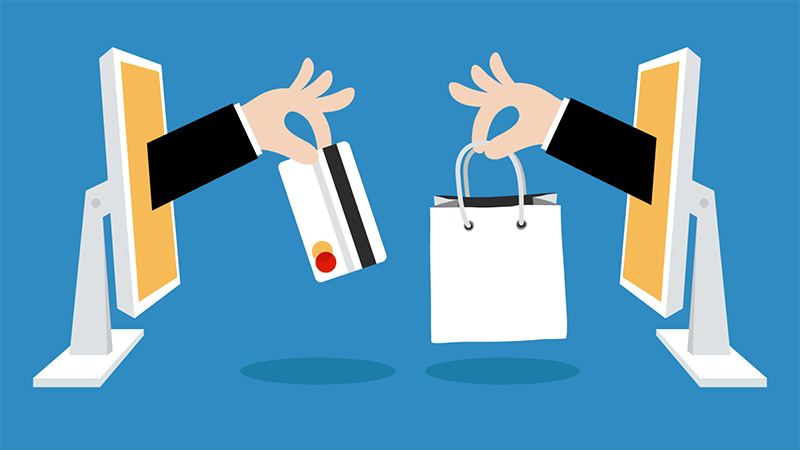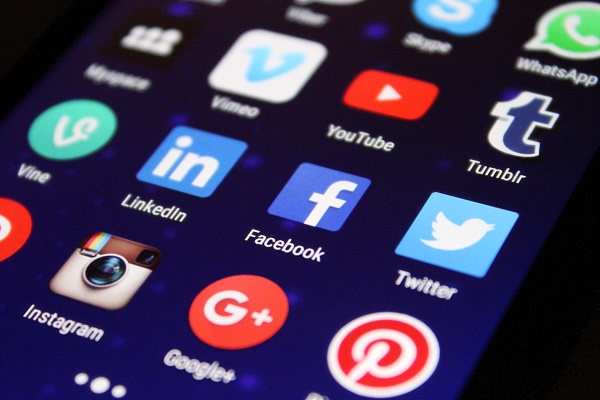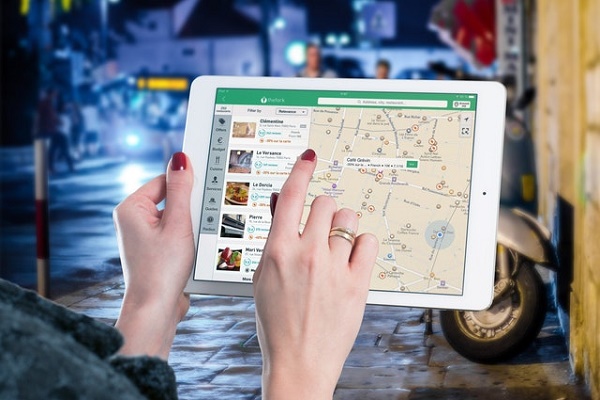In 2025, the retail industry will reconsider the shopping experience, altering not only how they shop and sell, but also the tremendous advantages that independent shops already have.
Most people concentrate solely on e-commerce and its potential, but it only accounts for 14% of global retail sales. The remaining 86% comes from people visiting stores and making purchases.
This guide will help implement actionable retail marketing strategies that will ensure your brand flourishes in 2025 and beyond.
1. Retailers Using Omnichannel Advertising
Omnichannel marketing is a great technique to turn one-time buyers into regular customers in the modern era of eCommerce sales. The integration of numerous channels to produce a consistent brand experience is known as omnichannel marketing.
Before choosing to buy a product or service, a potential client engages with multiple touchpoints along the buyer's journey. This means that reaching out to a consumer through numerous channels at different stages of the buying cycle is a good idea. Digital advertising, websites, and social media are all ways to reach out to potential customers.
2. Social Media Platforms with a Specific Purpose
Social media can be a great tool for connecting with the ideal customer if you used it correctly. For your business, social media marketing can be beneficial. However, most individuals are unaware of one issue: it's impossible to have a huge presence across all social media networks at the same time.
When you look closely, you'll notice that most successful social media businesses started with one or two platforms. They expanded to other social media sites after establishing their presence.
It's critical to follow the same if you want to thrive in retail store marketing. Which channel is the best for your business that is based on the audience you’re targeting and the products you’re selling?
3. Getting Rid of Delayed Gratification
Customers today don’t wait and they want their needs to be met as soon as possible. It wasn't long ago that internet shoppers thought it was fair to expect their orders to arrive in weeks. Consumers are starting to expect free overnight shipping from online shops a decade later. A big part of the online retail marketing strategy is promising instant gratification. All this combined with the fact that more people are shopping from home than ever before means that merchants must be ready to meet customer expectations.
Retailers must respond to this trend by developing processes that allow for as much flexibility in order fulfillment as feasible. This necessitates tracking purchasing cycles within your market and accurately estimating customer demand, as well as stocking products accordingly.
4. Pop-up Stores help you to reach the Market Niche
A pop-up store can help you reach a market niche that would otherwise be out of reach. Another factor that is important to consider is that some customers prefer to buy at stores they are already familiar with. They are unwilling to try a new brand that got on the internet.
With the pop-up stores, you have the chance to build stronger relationships with customers and receive real-time feedback, an option to assess market demand by soft-launching new collections in specific areas and you may design a multi-channel experience that connects online and offline customers.
5. Create several Purchasing Possibilities using Location Data
Instead of competing with one other in-store or online, some retailers are making it easier for customers to buy in the way that is most convenient for them. What are they doing to do this? They're displaying the nearest retail location alongside the mobile shopping experience, based on the shopper's location data.
They help customers in overcoming barriers to purchasing by making it simple for them to determine where the nearest retail store is. When a physical store is evident, these efforts assist in directing potential consumers to another location where they can purchase the items after getting a firsthand view.
6. Transparency and Branding Based on Values
Approximately
71% of people prefer to buy from companies that share their values. People want transparency from today's businesses, and they expect corporations to "walk the walk" now more than ever, thanks to growing worries about data privacy and recent political instability. Otherwise, they have the risk of damaging their reputation, which could have long-term consequences for brand equity and perception, even among loyal customers.
7. Email Promotions Encourage in-store Purchases
A printable offer that can be redeemed for an in-store purchase is being used by certain companies to boost sales. It's not a novel concept, but it's helping retailers who don't offer online checkout increase their email marketing ROI (think restaurants, automotive repair shops, etc).
While these types of stores don't have an e-commerce site to attract traffic to, email marketing campaigns like this one can still provide significant ROI and maintain the brand name in front of customers.
8. Make use of Consumer-to-Consumer Marketing
Consumer-to-consumer marketing entails customers recommending things to one another, resulting in a higher level of trust in the products and brands being shared. While consumer trust in brands is at an all-time low, a whopping 92% of customers accept suggestions from other consumers even those they don't know over brand recommendations.

Consumer-to-consumer marketing tactics, including influencer marketing, entail producers talking about their experiences with the brand and/or product. In C2C marketing, however, the creators are motivated by finding new goods to love and suggest to their friends, family, and followers, rather than by money.
9. Artificial Intelligence
In 2025, retail marketing strategies that drive sales are putting technology in the center. Artificial intelligence is being integrated into the marketing industry as technology progresses, resulting in the most personalized buying experiences possible. Revenues from AI are estimated to exceed $300 billion by 2025, indicating the potential in this field.

As visual search tools improve, it's likely to take the retail industry by storm. Existing services, such as Google Reverse Image Search and Pinterest's visual search engine, allow users to find results and comparable photos based on a single photograph. Keep your catalog as visually appealing as possible while marketing for retail this year.
10. Digitally Enhanced Operations
Websites are always trying to be more eye-catching. UX and UI are making web interfaces ad convenient and as interactive as possible. The Magento two upgrade to more than 400 thousand eCommerce websites is proof that the digital world is growing safer, faster, and adapting to the real world.
The 2025 shoppers are digitally aware and with the availability of low capital investments that are easy to update, numerous digital and automation initiatives are being taken every day by retailers. Marketing for retailers also become somewhat automated with emerging technologies playing a central role.
Conclusion
Each retailer must strike its own balance based on its unique circumstances. The flexibility built into those tactics, as well as their execution, will determine their success.
In 2025, expect some bumps in the road. There's no guarantee that the approach you devised at the start of the year will still be effective by the end. Successful retail marketing strategies will be the ones implemented with focus and precision. Retailers may give themselves a fighting chance of success by focusing constantly on execution optimization and nimbleness in the face of changing conditions.










